13 Green Tea Face Packs For Different Skin Types
This antioxidant-rich natural ingredient has numerous benefits to offer for your skin.
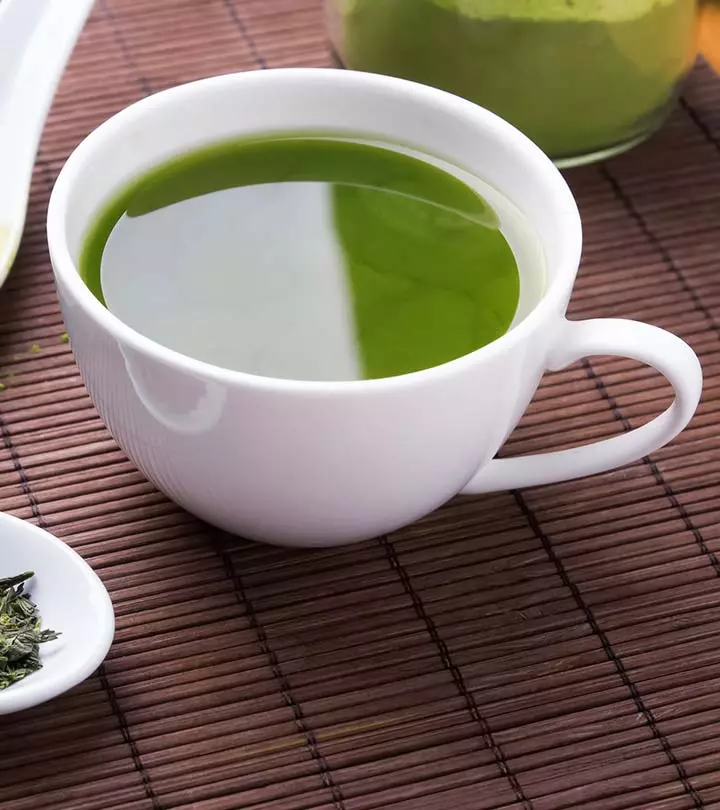
Image: iStock
Green tea is a superhero ingredient in skin care. Thanks to the beneficial polyphenolsi Naturally occurring micronutrients are found in plants. They aid digestion, improve brain function, and prevent cancer. (antioxidants) in green tea, it is widely known for its skin-soothing and anti-aging properties. And using green tea face packs is the best way to reap the maximum benefits of the tea. The face packs are especially helpful if you are not willing to spend thousands of bucks buying multiple products containing green tea extract. This article will give you an idea about how green tea may benefit your skin and provide organic DIY recipes to incorporate green tea in your skincare regimen, as well as additional safety tips. Scroll down to read more.

In This Article
Benefits Of Green Tea For Your Skin
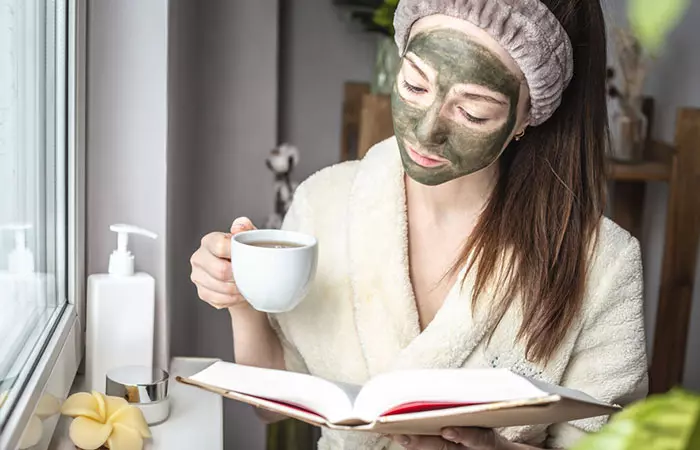
Among the various green tea benefits is its ability to enhance the effects of face packs by providing various skin benefits. Let us learn in further detail about the various ways in which it can be helpful for the skin.
1. It May Protect Your Skin From Cancer
A study done on different animal models found that both topical application and oral consumption of green tea could prevent UV-induced carcinogenesis
(cancer formation). Green tea polyphenols (GTP) and epigallocatechin gallate (EGCG) prevent inflammatory responses triggered by UV exposure, oxidative stress, and immunosuppression (suppression of immune responses) (1).
2. It Prevents UV-induced Skin Issues
The polyphenols in green tea have skin protective properties. They can help prevent skin issues caused by UV rays, such as photoaging (wrinkles, fine lines, and pigmentation), melanomai A type of skin cancer caused by melanin-producing cells that can spread to more than one part of the body. , and non-melanoma cancers (1). However, more research is required on human models to validate these findings.
3. It Reduces Inflammation
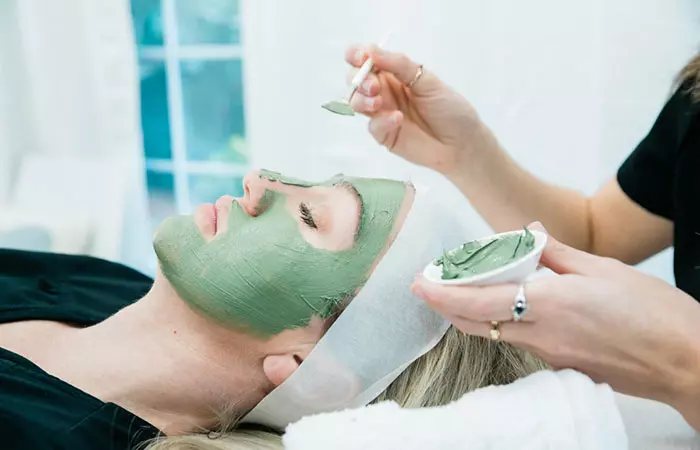
EGCG is one of the four catechinsi Compounds commonly found in tea and beans that help inhibit cell damage by neutralizing free radicals. found in green tea that helps in soothing inflammatory conditions, such as rosacea and acne. A study evaluated the effect of a topical gel containing 2% green tea extracts and found that it helped improve mild to moderate acne (2).
4. It Helps Reduce Excessive Sebum
The topical application of green tea can help control excessive sebum secretion. A study involving 22 non-smoker, healthy men found that 5% green tea extract reduced their sebum secretion significantly in 60 days (3). This can be a boon for oily and acne-prone skin types, as excessive sebum is one of the main reasons for acne.
5. It May Prevent Premature Aging

The EGCG in green tea protects and rejuvenates the cells in the epidermis, the topmost layer of the skin. A study conducted in the Medical College of Georgia found that it energized the dying cells, which could help in improving skin conditions (4). This property may also help prevent dullness of the skin and premature signs of aging, such as fine lines and wrinkles.
Now that you know how green tea can help keep your skin healthy, scroll down to discover easy green tea face packs and mask recipes for all skin types that you can try at home.
Key Takeaways
- Green tea benefits the skin against free radicals because of its antioxidants.
- Green tea face packs with turmeric, rice flour, honey, lemon, Orange peel, Multani Mitti, cream, avocado, banana, and yogurt are curated for different skin types.
- Green tea moisturizes and reduces acne, redness, and inflammation of the skin.
- Apply the concoctions every day for 15-20 minutes and wash off with mild face wash.
Benefits Of Green Tea Face Packs
Combining all the fascinating benefits of green tea with the skin-rejuvenating functions of face packs can do wonders for your skin. Here are a few possible benefits of these face packs:
- Cleanse the skin of dirt, product residues, excess oils, and other impurities.
- Unclog the pores by drawing out impurities from deep within and tightening them.
- Reduce acne and redness and soothe irritated skin with their anti-inflammatory and antibacterial properties.
- Even out the skin tone and balance its pH levels.
- May help exfoliate dead skin cells if the pack contains mild exfoliating ingredients.
- Promote blood circulation and give the skin a natural, healthy glow.
- Retain the skin’s moisture balance to keep the skin hydrated and nourished.
Now, let’s check out all the different types of green tea face packs you can try out!
Green Tea Face Pack For Different Skin Types
For Normal And Combination Skin
1. Turmeric And Green Tea
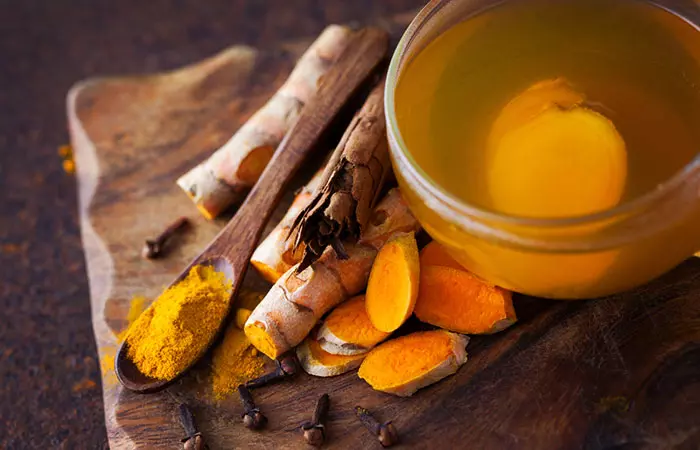
Turmeric has therapeutic effects on the skin. It helps in keeping skin issues (like acne) at bay (5). Chickpea flour is a common ingredient in DIY face packs and is an excellent base for any face mask. It has an exfoliating effect because of its texture and can help remove excess dirt and sebum from your skin.
You Will Need
- 1 teaspoon chickpea flour
- ¼ teaspoon turmeric
- 2 teaspoons freshly brewed green tea
Combine the ingredients until you get a smooth mixture.
- Apply this mixture to your face. Avoid getting too close to your eyes and mouth.
- Leave the mixture on for about 15-20 minutes.
- Rinse it off with cool water and pat your skin dry.
How Often?
- 1-2 times a week.
 Quick Tip
Quick Tip2. Orange Peel And Green Tea
generally are great for the skin. An orange peel may have anti-aging effects and can boost collagen and elastin production. A study evaluated extracts of Mandarin orange and found that its antioxidants and anti-enzymatic activityi The process that inhibits the action of enzymes in the body, including an increase in chemical reactions. could make it a potent anti-wrinkle agent (6). Honey can keep your skin moisturized (7).
You Will Need
- 1 tablespoon green tea
- 1 tablespoon orange peel powder
- ½ teaspoon honey
Combine the ingredients until you get a coarse mixture.
- Apply this mixture to your face and gently scrub your face in circular motions.
- Leave it on for about 15 minutes.
- Rinse your face with warm water and pat dry.
- 1-2 times a week.
3. Mint And Green Tea
Peppermint oil (extracted from the leaves) can help manage pruritus (itching caused by any medical condition) (8). Mint leaves may also have the same effect and help soothe your skin. Honey can keep the skin hydrated and moisturized.
You Will Need
- 2 tablespoons green tea
- 2 tablespoons mint leaves paste
- 1 tablespoon raw honey
Method
- Blend the ingredients until you get a smooth mixture.
- Apply this mixture to your face. Avoid getting too close to your eyes and mouth.
- Leave it on for about 15-20 minutes.
- Rinse off with cool water and pat your skin dry.
How Often?
- 1-2 times a week.
For Oily Skin
4. Rice Flour And Green Tea
Lemon is rich in vitamin C. Topical Vitamin C was found to reduce photoaging, inflammation, and hyperpigmentation (9). Rice flour has a coarse texture and may aid exfoliation. Also, rice flour is a source of vitamin B that may help improve the skin (10).
You Will Need
- 2 tablespoons rice flour
- 1 tablespoon green tea
- 1 tablespoon lemon juice
Method
- Combine the ingredients until you get a smooth mixture.
- Apply this mixture to your face. Avoid getting too close to your eyes and mouth.
- Leave it on for about 15 minutes or until it is dry.
- Rinse it off with cool water and pat your skin dry.
How Often?
- 1-2 times a week.
5. Lemon And Green Tea
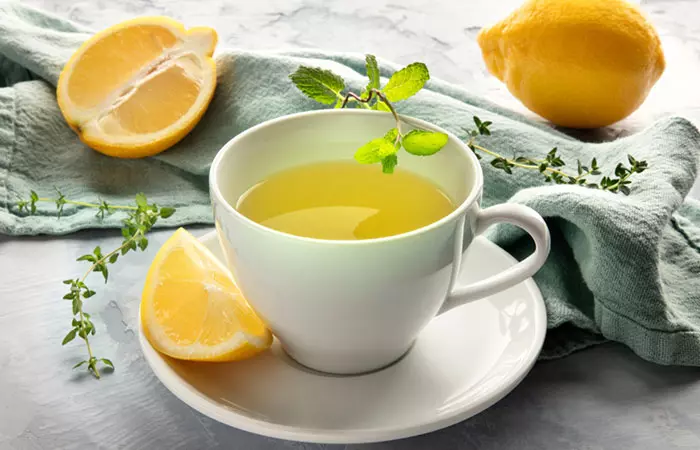
This is not exactly a face pack but more like a toner and is extremely beneficial for oily skin. The vitamin C in lemon helps manage UV induced signs of aging along with hyperpigmentation and makes the skin bright (9). Green tea soothes the skin.
You Will Need
- 1 tablespoon freshly brewed green tea
- 1 tablespoon lemon juice
Method
- Blend the ingredients and apply this mixture (as a toner) to your face. Avoid getting too close to your eyes and mouth.
- Leave it on for about 10 minutes.
- Rinse the mixture off with cool water and pat your skin dry.
How Often?
- Once a day.
6. Multani Mitti And Green Tea
Multani mitti helps to remove dead skin cells and excess oil, calm irritation, and keep the skin bright and glowing (11). So, don’t forget to incorporate this detoxifying face pack in your beauty regime to achieve your desired complexion.
You Will Need
- 1 tablespoon Multani mitti
- 2-3 tablespoons green tea
Method
- Combine the ingredients until you get a smooth mixture.
- Apply this mixture to your face and leave it on for about 15-20 minutes. Make sure to avoid your eyes and mouth.
- Rinse the mixture off with cool water and pat your skin dry.
How Often?
- 1-2 times a week.
For Dry Skin
7. Honey And Green Tea
This is not exactly a face pack. However, it is an excellent remedy for dry skin. Honey is an emollient and helps to keep the skin hydrated and nourished (7). Green tea reduces inflammation and keeps your skin healthy.
You Will Need
- 2 tablespoons raw honey
- 1 tablespoon green tea
Method
- Combine the ingredients and apply the mixture to your face.
- Leave it on for about 15-20 minutes.
- Rinse it off with cool water and pat your skin dry.
How Often?
- Once a week.
8. Cream And Green Tea
Milk cream contains lactic acid. This acid can help manage fine lines and wrinkles and improve skin firmness (12). The texture of the sugar may assist in exfoliating dead skin cells.
You Will Need
- 2 teaspoons green tea
- 1 teaspoon milk cream
- 1 teaspoon fine sugar
Method
- Combine the ingredients until you get a coarse mixture.
- Apply this mixture to your face and gently scrub your face in circular motions.
- Leave it on for about 15 minutes.
- Rinse your face with warm water and pat dry.
How Often?
- 1-2 times a week.
9. Avocado And Green Tea
Avocado is often used in DIY face masks because it serves as an excellent base for mixing other ingredients. Moreover, anecdotal evidence states that it keeps the skin extremely smooth and plump.
You Will Need
- 1 ripe avocado – mashed
- 2 teaspoons green tea
Method
- Combine the ingredients until you get a smooth mixture.
- Apply this mixture to your face. Avoid getting too close to your eyes and mouth.
- Leave the mixture on for about 15-20 minutes.
- Rinse the mixture off with cool water and pat your skin dry.
How Often?
- 1-2 times a week.
Other Green Tea Face Packs
10. Rejuvenating Green Tea And Banana Face Pack
Banana is a common ingredient in homemade face masks and has excellent hydrating and moisturizing properties. It keeps the skin smooth, plump, and soft.
You Will Need
- 1 ripe banana – mashed
- 2 teaspoons green tea
Method
- Combine the ingredients until you get a smooth mixture.
- Apply this mixture to your face.
- Leave it on for about 15-20 minutes.
- Rinse it off with cool water and pat your skin dry.
How Often?
- 1-2 times a week.
11. Green Tea Face Pack For Skin Whitening
The coarse texture of chickpea flour helps exfoliate the skin and remove all dead skin cells and dirt. The vitamin C in lemon helps to reduce hyperpigmentation and spots (9). This face pack can brighten the skin and restore your original skin tone.
You Will Need
- 1 tablespoon green tea
- 1 teaspoon lemon juice
- 1 tablespoon chickpea flour
Method
- Combine the ingredients until you get a smooth mixture.
- Apply this face pack. Avoid getting too close to your eyes and mouth.
- Leave it on for about 15 minutes or until it is dry.
- Rinse the pack off with cool water and pat your skin dry.
How Often?
- 1-2 times a week.
12. Yogurt And Green Tea
Yogurt contains lactic acid that may help in gentle exfoliation and brighten your skin (12). Lemon juice can help reduce hyperpigmentation.
You Will Need
- 1 teaspoon yogurt
- 1 teaspoon lemon juice
- 1 teaspoon green tea
Method
- Combine the ingredients until you get a smooth mixture.
- Apply this mixture to your face. Avoid getting too close to your eyes and mouth.
- Leave it on for about 15-20 minutes.
- Rinse the mixture off with cool water and pat your skin dry.
How Often?
- 1-2 times a week.
 Quick Tip
Quick Tip13. Green Tea And Aloe Vera
Aloe vera is rich in antioxidants that fight free radicals that can damage the skin. It also contains mucopolysaccharides that help bind moisture into the skin to keep it hydrated. It also encourages the production of collagen and elastin, which are proteins that make the skin firmer, more elastic, and less prone to wrinkles (13). This face mask is ideal for all skin types.
You Will Need
- 1 tablespoon fresh aloe vera gel
- 1 teaspoon green tea
Method
- Combine the ingredients in a small bowl and mix well.
- Apply the mixture evenly all over your face.
- Leave it on for about 15-20 minutes.
- Rinse off with cool water and pat your skin dry.
How Often?
1-2 times a week.
Note: Always use high-quality and organic loose green tea leaves or tea bags to prepare all the face packs mentioned above. Also, ensure all other ingredients are fresh to maximize their effectiveness. You should also apply the masks on a clean face and follow up with a moisturizer. If you are using any ingredient for the first time, do not forget to perform a patch test to avoid adverse reactions.
On the other hand, Sonia Anastasia, a beauty blogger, details her experience of using green tea on her face for a week. She started by brewing green tea and using the tea bag on the face. She used it as a toner morning and night and found it effective, saying, “Oh my gosh this is so refreshing (i).” She adds, “I feel like it’s such a good alternative compared to the majority of toners you see on the market like green tea is such a popular [and] trendy ingredient.”
Although home remedies are touted as safe and without side effects, it is far from the truth. If you use ingredients that don’t suit your skin, you may experience side effects.
Side Effects Of Green Tea Face Masks: Tips To Follow
You may experience side effects of green tea face masks if you are allergic to any ingredients used in them. Hence, keep a few points in mind:
- Ingredients like lemon and raw honey may cause skin irritation if you are allergic to them. In case you are allergic to pollen, avoid using raw honey. Lemon juice makes the skin photosensitivei Inflammation of the skin caused by prolonged exposure to the sun. It may cause rashes, sunburn, itching, or blisters on the skin. . Hence, when you go out after applying lemon juice, apply sunscreen. Otherwise, the UV rays may damage the skin.
- Use the right ingredient for your skin type, or you may get breakouts. For instance, if you use milk cream or malai on oily skin, it may further clog your skin pores.
- Always do a patch test before using any ingredients on your skin. Do not mix the ingredients unless you have patch-tested them separately.
- Also, do not use homemade masks more than 1-2 times a week. Overusing the masks may harm the natural barrier of the skin.
Infographic: 5 Green Tea Face Packs For Better Skin
Are you looking for home remedies to keep your skin healthy? Including green tea in your skin care regime can be a great option. Its antifungal and anti-inflammatory properties help reduce acne and skin irritation from rashes and redness. Combining green tea with other ingredients helps hydrate the skin and boost its health. In the following infographic, we have listed 5 green tea face packs made from beneficial ingredients that help promote skin health. Take a look.
Some thing wrong with infographic shortcode. please verify shortcode syntax
The green tea face packs discussed in the article are easy to prepare. They are perfect for the days you want to pamper your skin with nourishing DIY recipes instead of store-bought products and indulge in a refreshing experience from the comfort of your home. While green tea extract used in skin care products may have a greater effect on improving your skin texture and keeping it smooth, you may try the herbal recipes discussed in the article for an instant smoothing and calming effect. However, do a patch test before trying the natural remedies to avoid the risk of allergic reactions.
Frequently Asked Questions
Can we apply green tea overnight?
Yes, you can. However, make sure you are using just green tea extracts or any green tea skin care product.
Can we use green tea bags for puffy eyes?
Yes. Brewed and chilled green tea bags can soothe tired and puffy eyes.
How do you use green tea leaves for face packs?
Generally, it is recommended to brew green tea leaves and then use the tea in your face packs. However, you can also mix used green tea leaves with honey to make a face mask. Leave the mask on for 15 minutes, then wash it off.
Can I directly apply green tea to my face?
Yes, you can apply cooled or chilled green tea to your face as a toner.
Illustration: Green Tea Face Packs For Different Skin Types
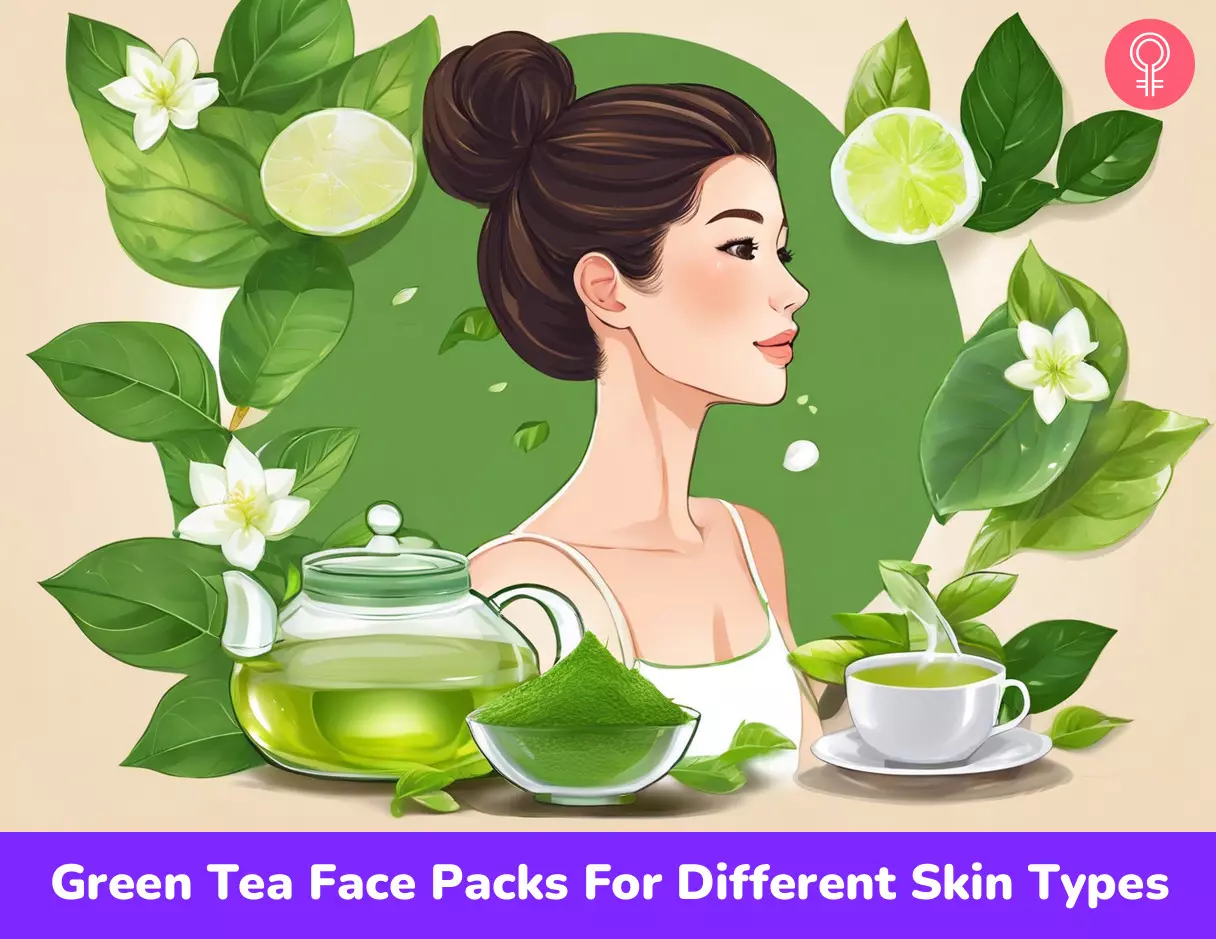
Image: Stable Diffusion/StyleCraze Design Team
Learn how to get glass skin with the anti-aging green tea face pack discussed in the below video. Tighten and rejuvenate your skin with this easy-to-make DIY product.
Personal Experience: Source
StyleCraze's articles are interwoven with authentic personal narratives that provide depth and resonance to our content. Below are the sources of the personal accounts referenced in this article.
i. I Tested A Green Tea Bag On My Face For One Week For My Acne || This Is What Happened To My Skinhttps://www.youtube.com/watch?v=z5M4JbY7mYs
References
Articles on StyleCraze are backed by verified information from peer-reviewed and academic research papers, reputed organizations, research institutions, and medical associations to ensure accuracy and relevance. Read our editorial policy to learn more.
- Skin photoprotection by green tea: antioxidant and immunomodulatory effects. Current Drug Targets. Immune, Endocrine, and Metabolic Disorders, US National Library of Medicine, National Institutes of Health.
https://pubmed.ncbi.nlm.nih.gov/12871030/ - The Efficacy of Topical 2% Green Tea Lotion in Mild-To-Moderate Acne Vulgaris, Journal of Drugs in Dermatology, US National Library of Medicine, National Institutes of Health.
https://pubmed.ncbi.nlm.nih.gov/19363854/ - Green Tea and Other Tea Polyphenols: Effects on Sebum Production and Acne Vulgaris, Antioxidants, US National Library of Medicine, National Institutes of Health. https://www.ncbi.nlm.nih.gov/pmc/articles/PMC5384166/
- Green tea polyphenols induce differentiation and proliferation in epidermal keratinocytes, National Library of Medicine
https://pubmed.ncbi.nlm.nih.gov/12663686/ - Effects of Turmeric (Curcuma longa) on Skin Health: A Systematic Review of the Clinical Evidence. Phytotherapy Research, US National Library of Medicine, National Institutes of Health.
https://pubmed.ncbi.nlm.nih.gov/27213821/ - Evaluation of Skin Anti-aging Potential of Citrus reticulata Blanco Peel, Pharmacognosy Research, US National Library of Medicine, National Institutes of Health.
https://www.ncbi.nlm.nih.gov/pmc/articles/PMC4908842/ - Honey in dermatology and skin care: a review. Journal of Cosmetic Dermatology, US National Library of Medicine, National Institutes of Health.
https://pubmed.ncbi.nlm.nih.gov/24305429/ - Effectiveness of topical peppermint oil on symptomatic treatment of chronic pruritus. Clinical, Cosmetic, and Investigative Dermatology, US National Library of Medicine, National Institutes of Health.
https://pubmed.ncbi.nlm.nih.gov/27785084/ - Vitamin C in dermatology, Indian Dermatology Online Journal, US National Library of Medicine, National Institutes of Health.
https://www.ncbi.nlm.nih.gov/pmc/articles/PMC3673383/ - Potential Dietary Contributions From Rice and Wheat Flour Fortification in the Solomon Islands: Results From the 2012-2013 Household Income and Expenditure Survey
https://pubmed.ncbi.nlm.nih.gov/30606057/ - In-House Preparation and Standardization of Herbal Face Pack, The Open Dermatology Journal, Bentham Open, Semantic Scholar.
https://www.semanticscholar.org/paper/In-House-Preparation-and-Standardization-of-Herbal-Pal-Pal/e47d35a89c587c622323b5a7fc4e30f55d5be6df?p2df - Epidermal and dermal effects of topical lactic acid. Journal of American Academy of Dermatology, US National Library of Medicine, National Institutes of Health.
https://pubmed.ncbi.nlm.nih.gov/8784274/ - Aloe vera: A short review. Indian Journal of Dermatology, US National Library of Medicine, National Institutes of Health.
https://pmc.ncbi.nlm.nih.gov/articles/PMC2763764/
Read full bio of Dr. Sameeksha Chand
Read full bio of Ramona Sinha
Read full bio of Eshna Das
Read full bio of Shiboli Chakraborti








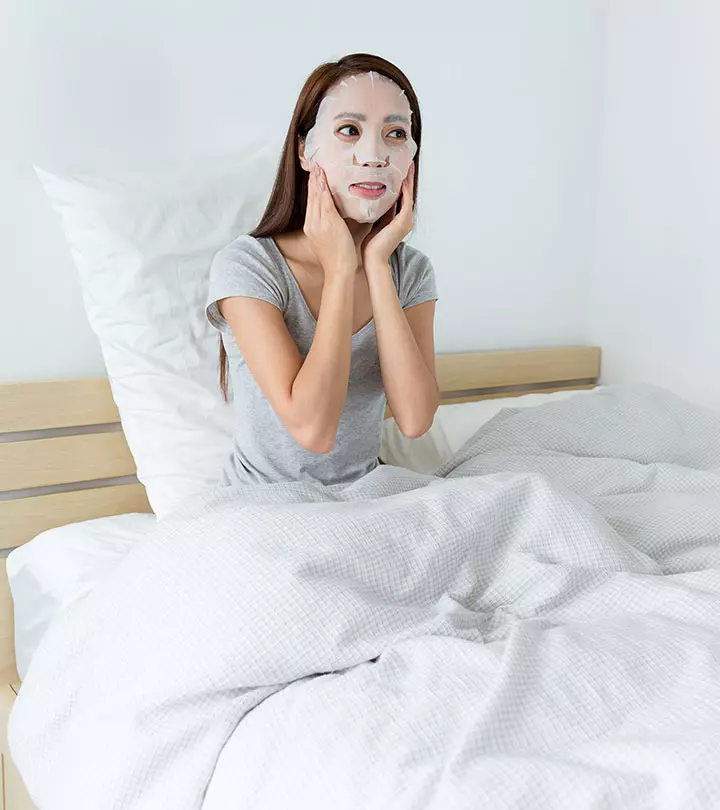
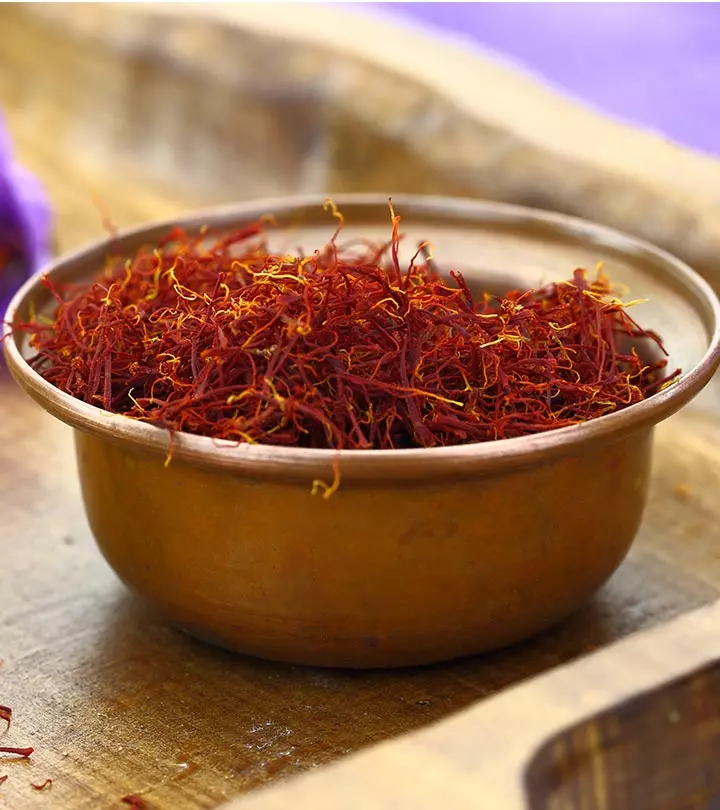
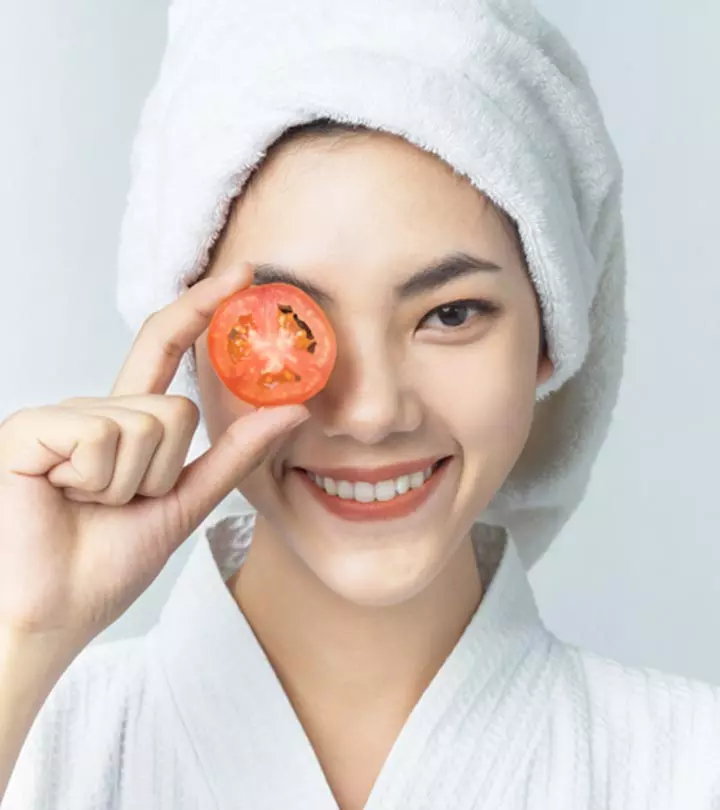
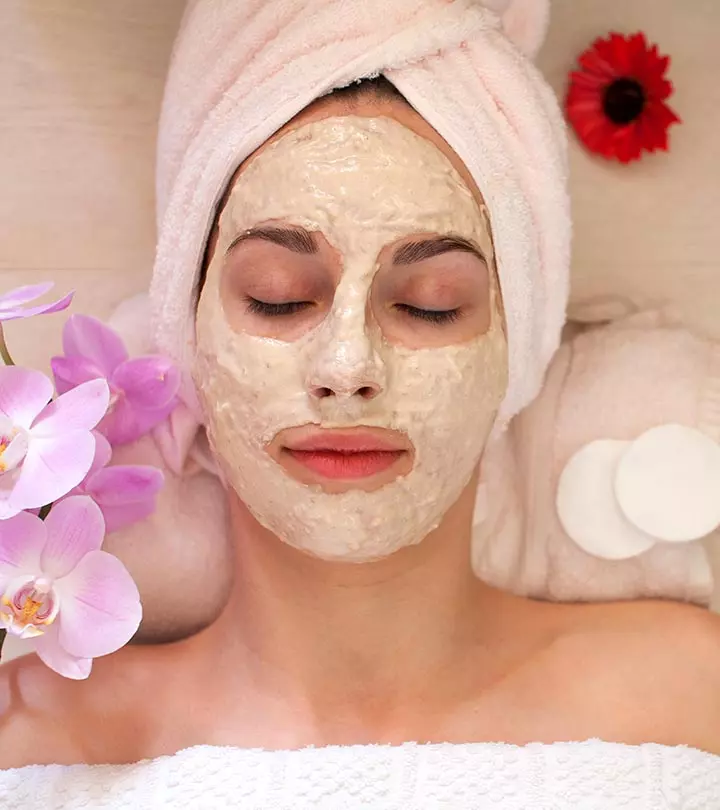
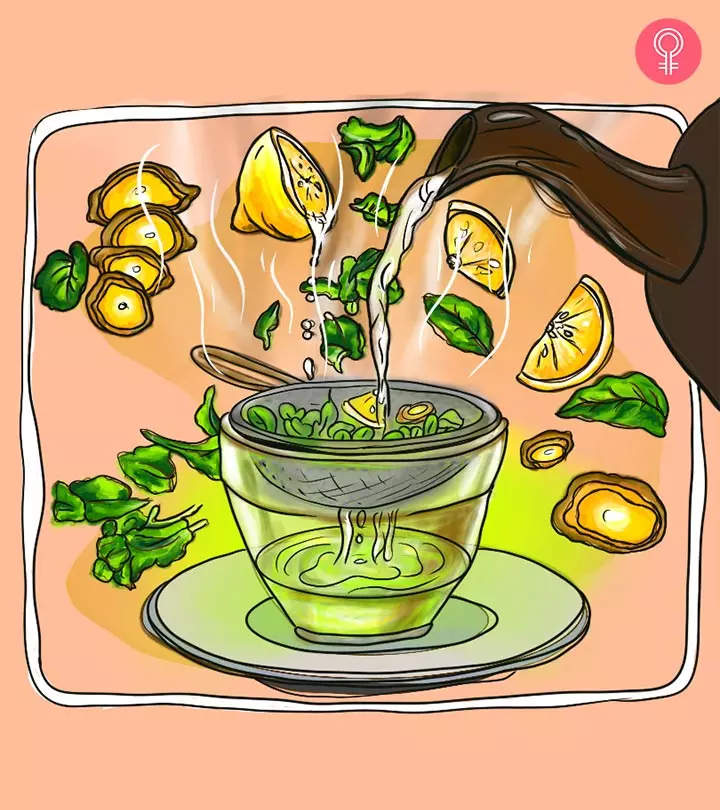
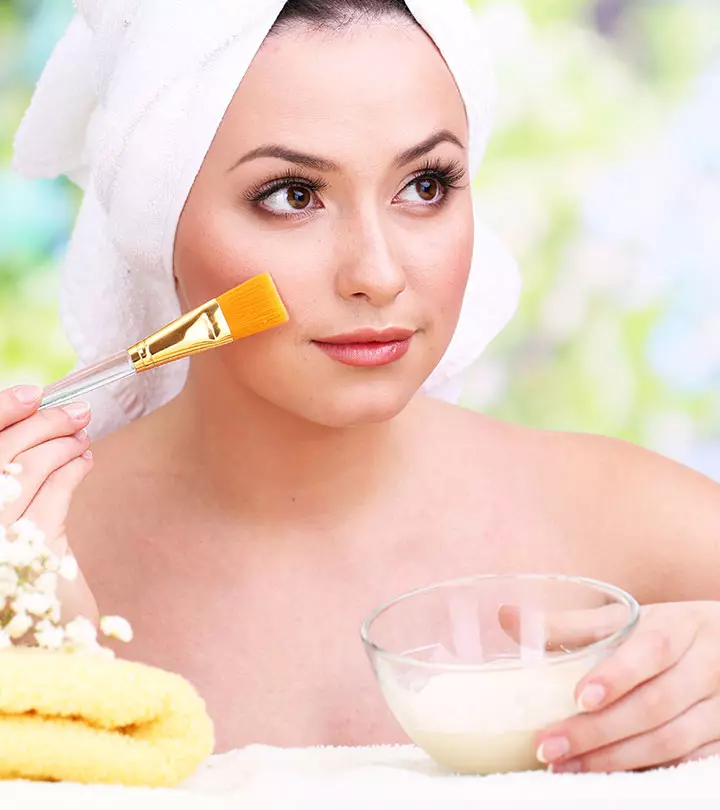
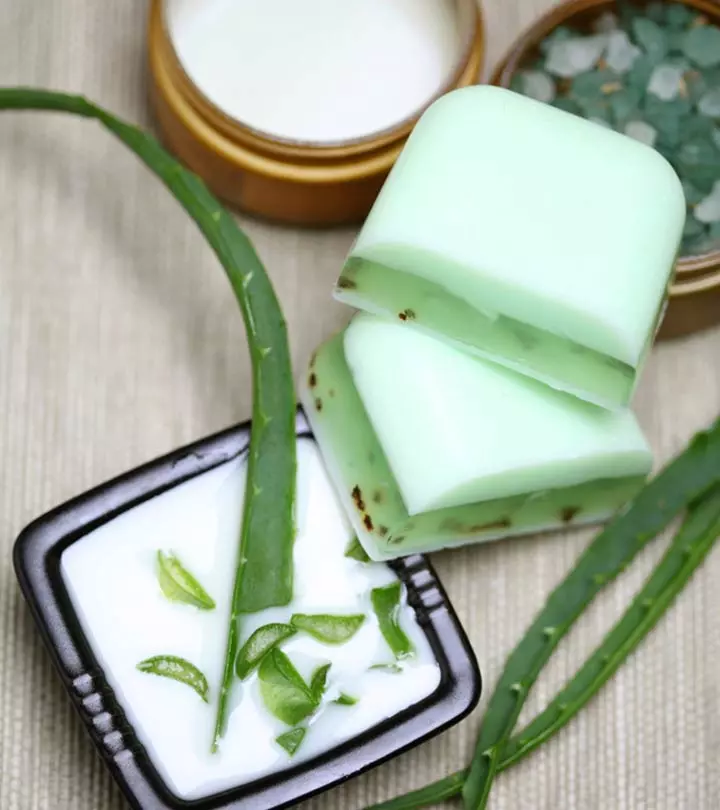
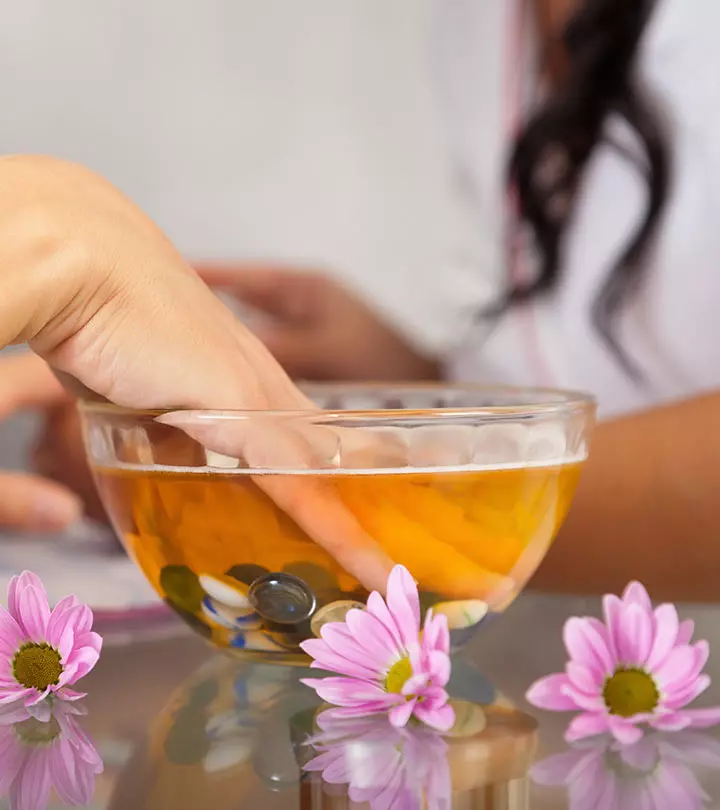
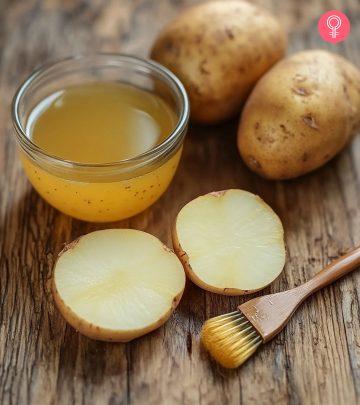
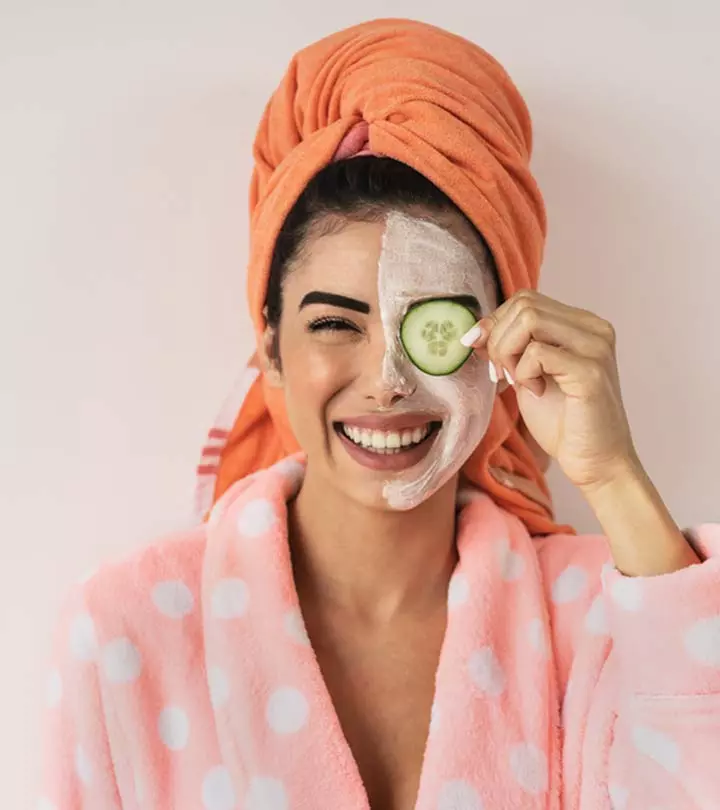
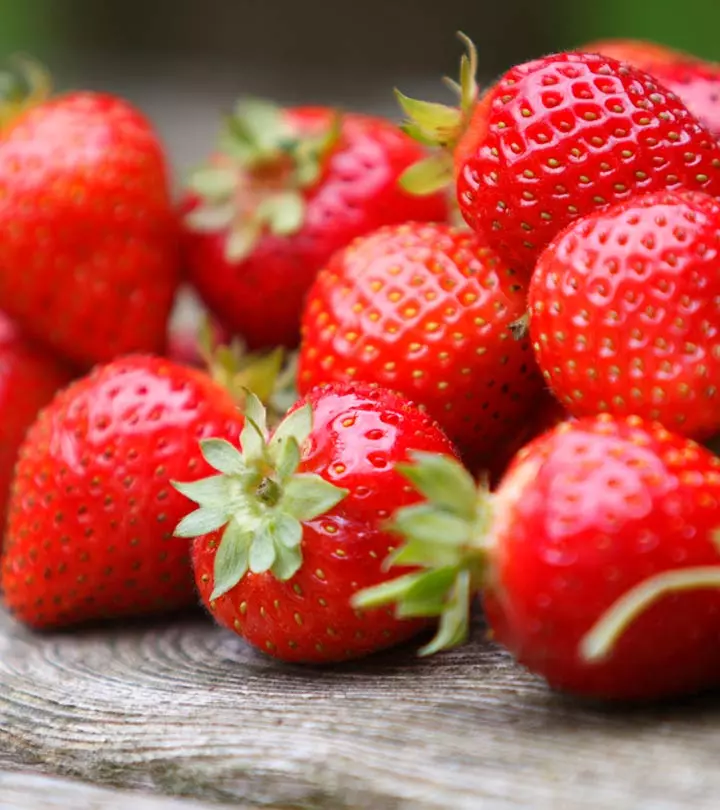
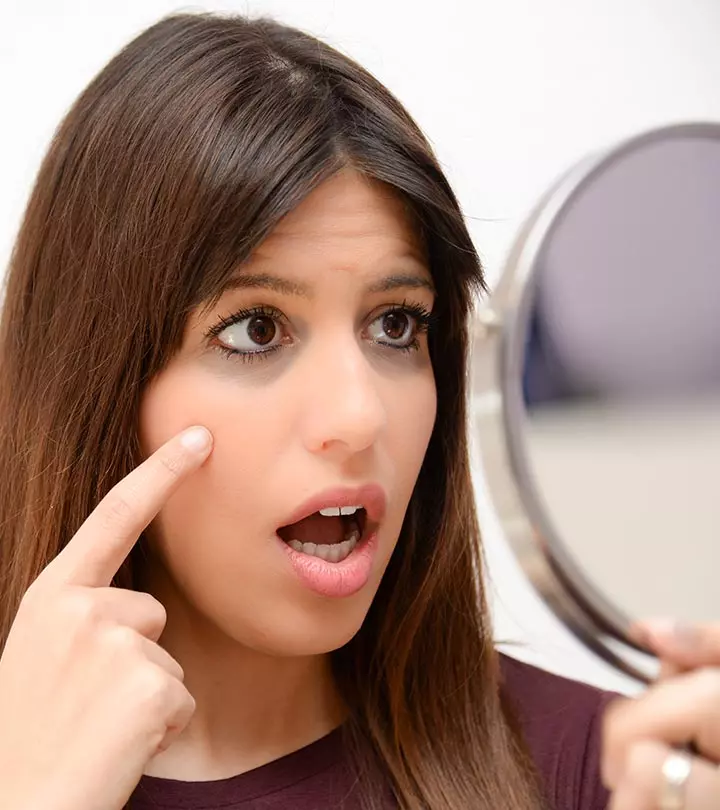
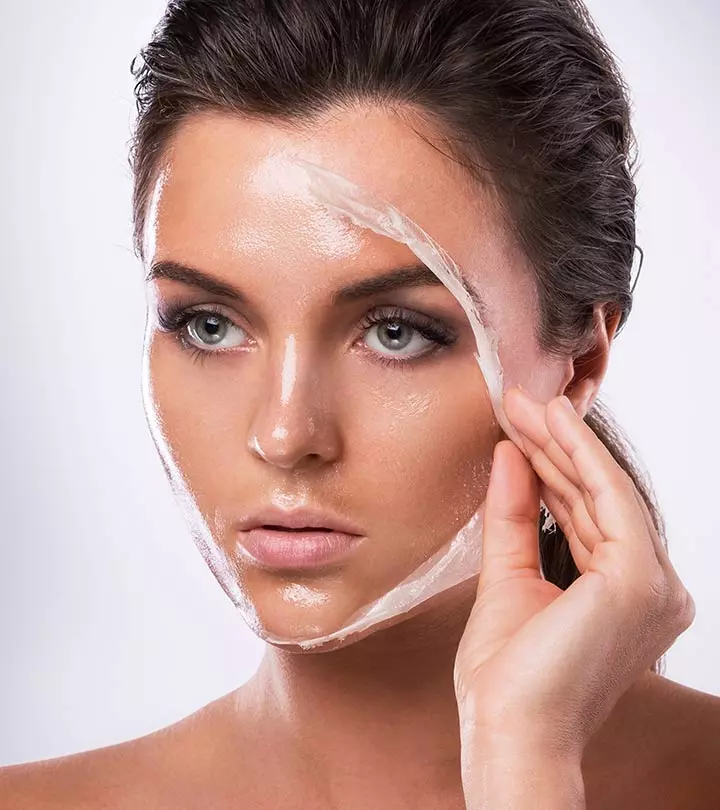
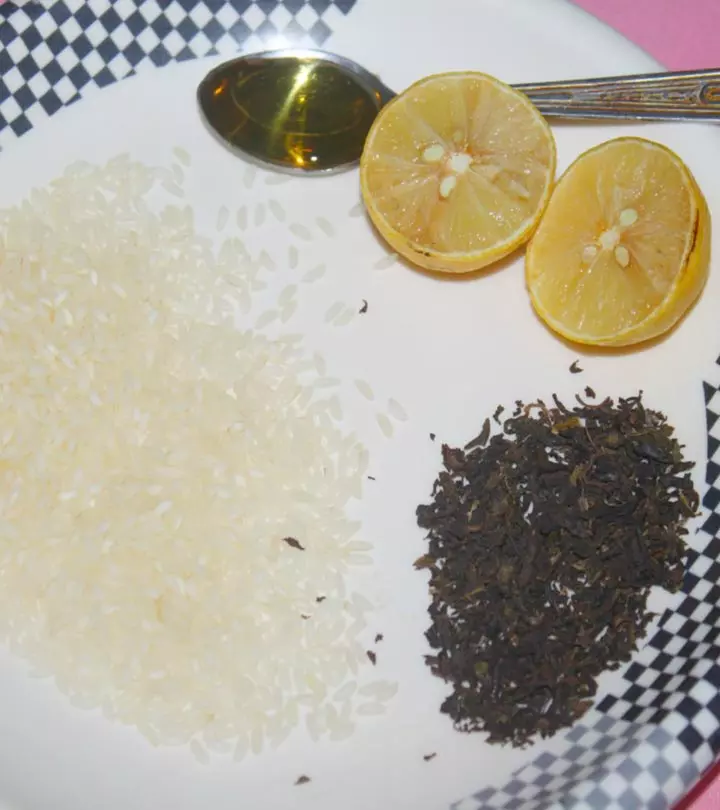
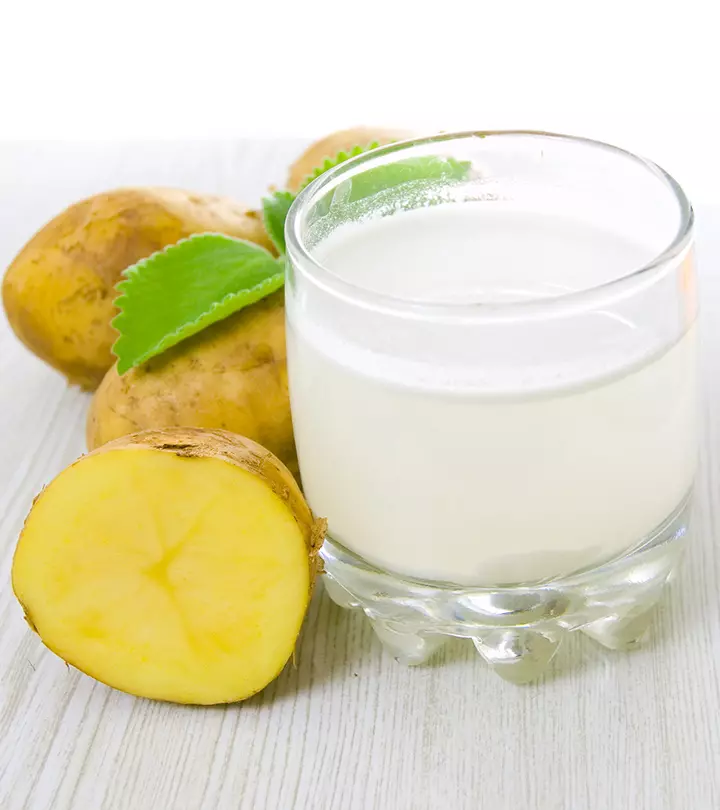


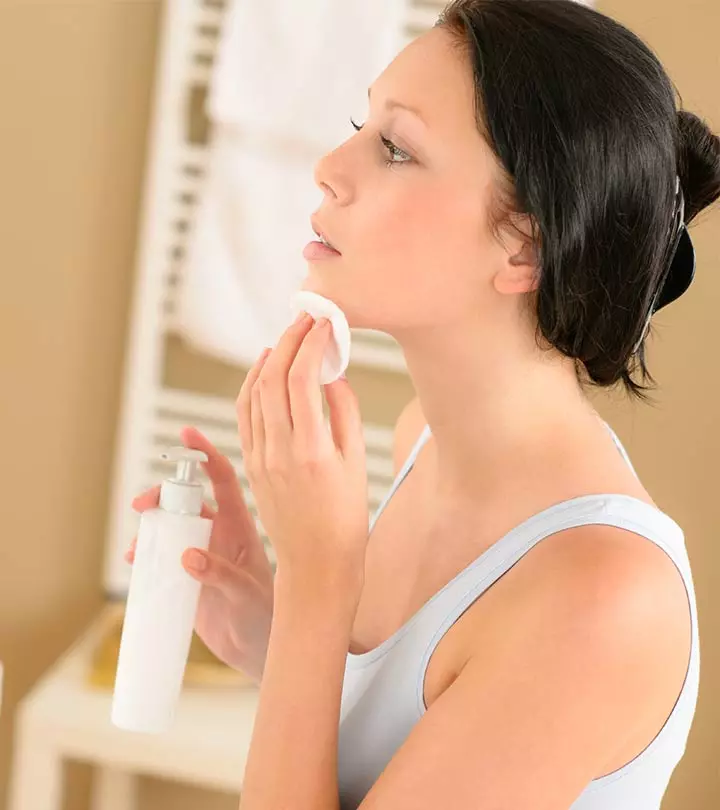
Community Experiences
Join the conversation and become a part of our empowering community! Share your stories, experiences, and insights to connect with other beauty, lifestyle, and health enthusiasts.